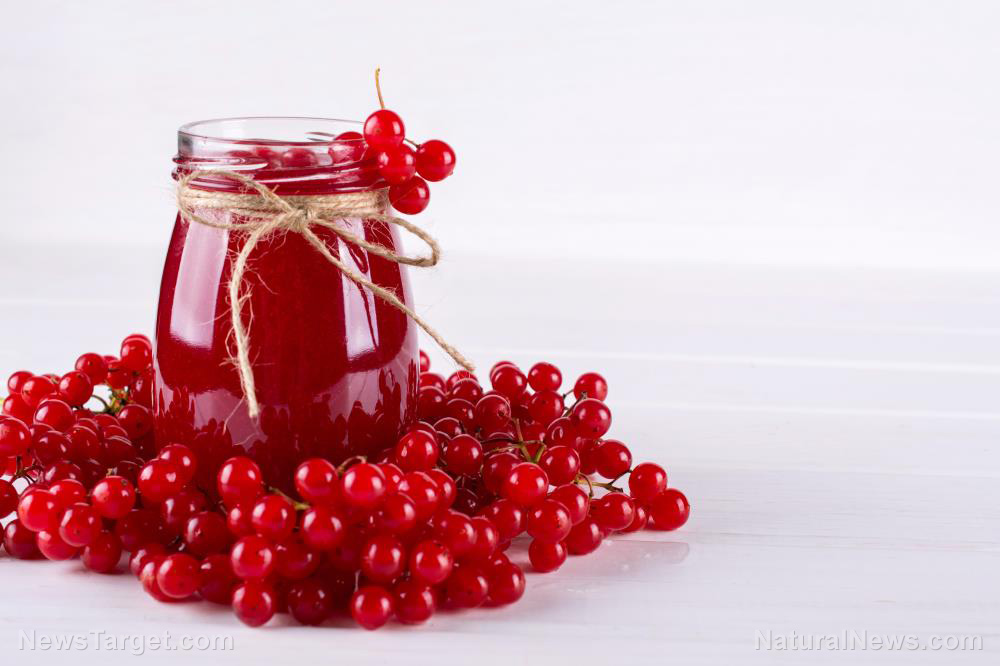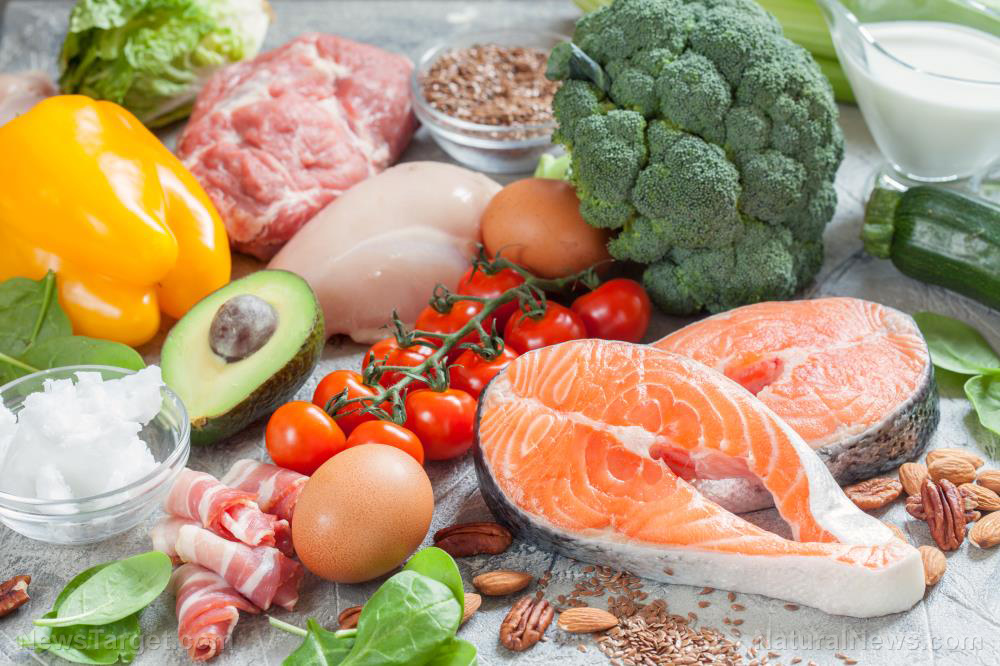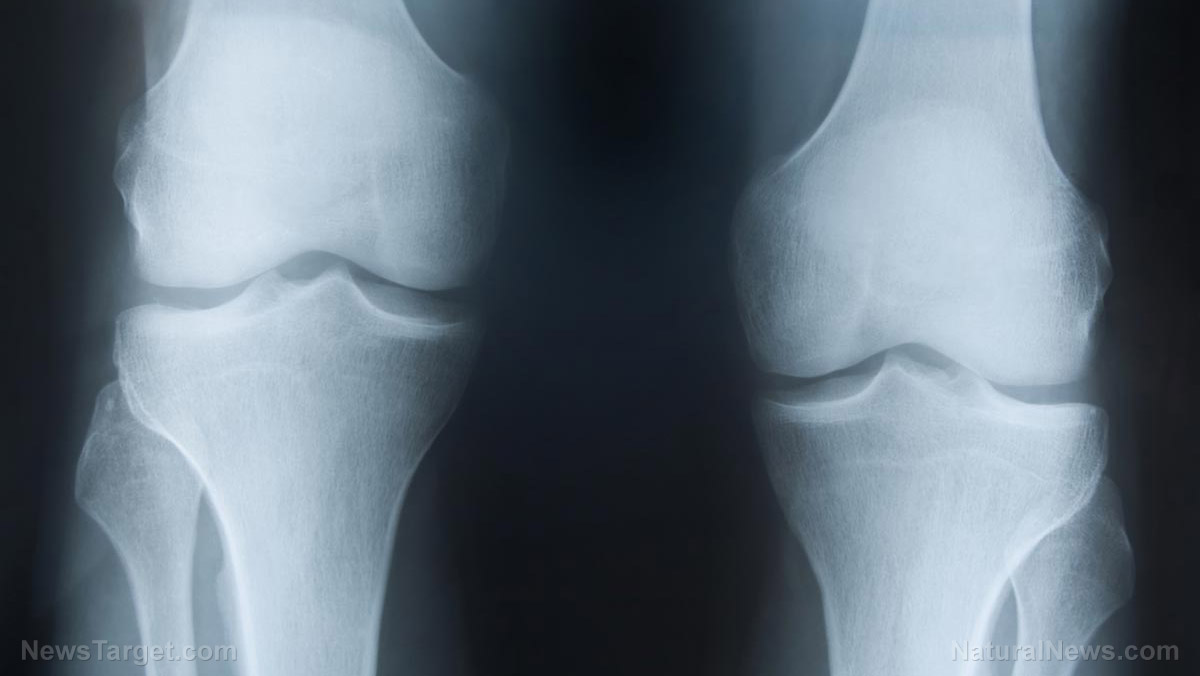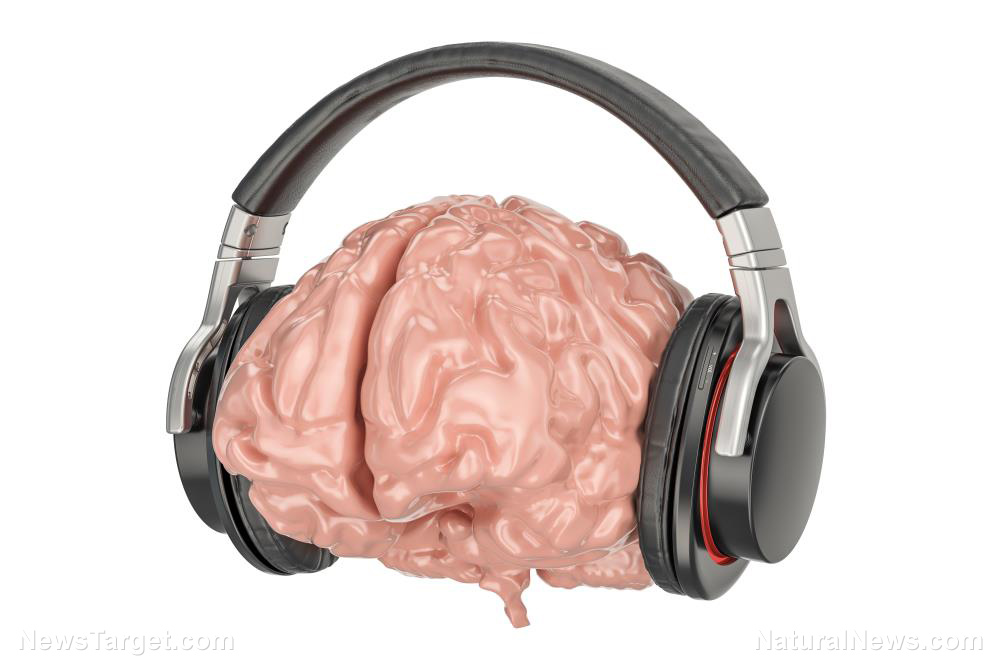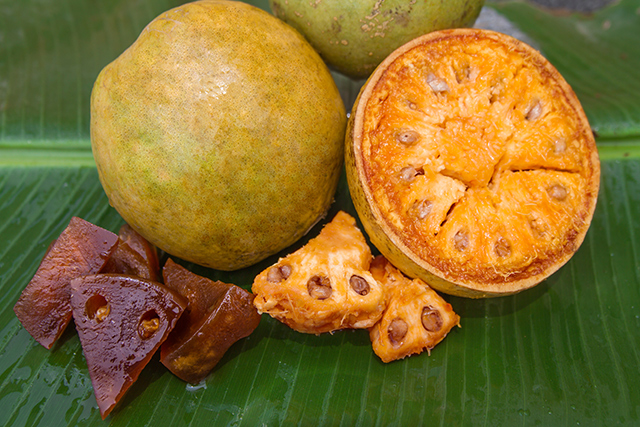Traditional Korean medicine shows potential in reducing prostate gland inflammation
12/11/2018 / By Ralph Flores

Research has found that ojayeonjonghwan (OJ), a traditional medicine in Korea, can be used to treat prostatitis. The study, published in the journal Pharmaceutical Biology, investigated the ability of OJ to improve symptoms of prostatitis, including inflammation.
- In the study, C57BL/6J mice were first treated with thioglycollate. Researchers then isolated peritoneal macrophages in the mice 3 to 4 days after injection.
- After the macrophages were isolated, the mice were then treated with varying concentrations of OJ water extract (at 0.01, 0.1, and 1 mg/mL) for 1 hour. These were then stimulated with lipopolysaccharide (LPS) for different times.
- To assess the efficacy of OJ, the researchers measured nitric oxide (NO), inducible nitric oxide synthase (iNOS) and cyclooxygenase (COX)-2, and proinflammatory cytokine levels using NO assay, Western blotting, RT-PCR, and ELISA, respectively.
- The findings revealed that LPS-activated mouse peritoneal macrophages significantly increased NO generation and iNOS production. Meanwhile, NO generation and iNOS induction were suppressed by OJ treatment for the first time.
- The IC50 of OJ, when compared against its NO production was 0.09 mg/mL.
- While OJ did not affect LPS-stimulated COX-2 induction, it reduced LPS-stimulated secretions and mRNA expressions of tumor necrosis factor (TNF)-a, interleukin (IL)-6, and IL1B, with an inhibition rate of 77, 88, and 50 percent, respectively, in a 1 mg/mL concentration of OJ.
- From the HPLC, researchers found that the major components of OJ were schizandrin and gomisin A.
The team concluded that OJ was able to attenuate prostatitis-related inflammation.
Read the full text at this link.
Learn more about natural treatments for prostatitis at NaturalCures.news.
Journal Reference:
Nam SY, Kim KY, Kim MH, Jang JB, Rah SY, Lee JM, Kim HM, Jeong HJ. ANTI-INFLAMMATORY EFFECTS OF A TRADITIONAL KOREAN MEDICINE: OJAYEONJONGHWAN. Pharmaceutical Biology. 14 June 2017;55(1):1856–1862. DOI: 10.1080/13880209.2017.1339282
Tagged Under: disease prevention, Herbs, inflammation, men's health, natural cures, ojayeonjonghwan, plant-based treatments, prostatitis, Traditional Korean Medicine




